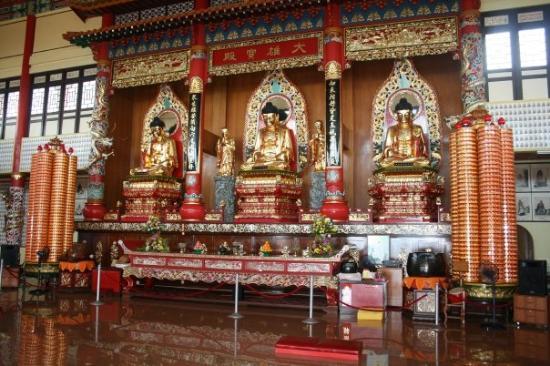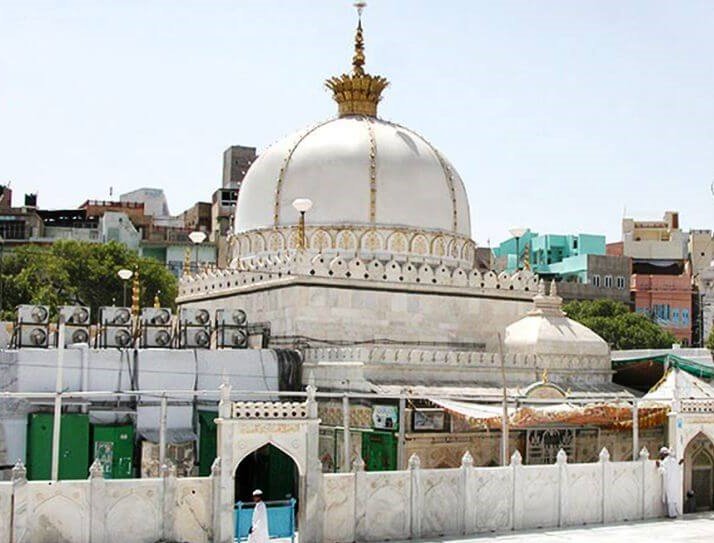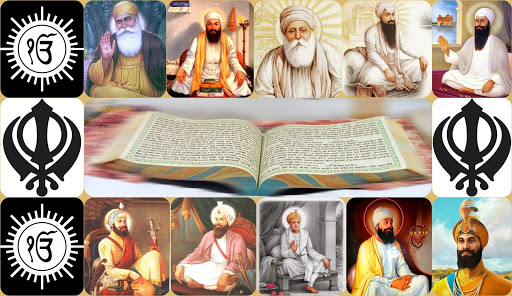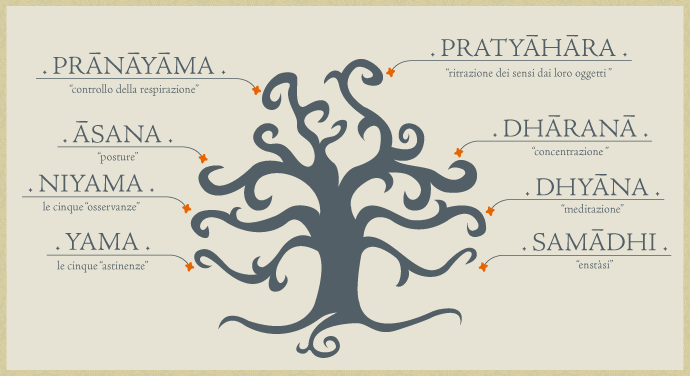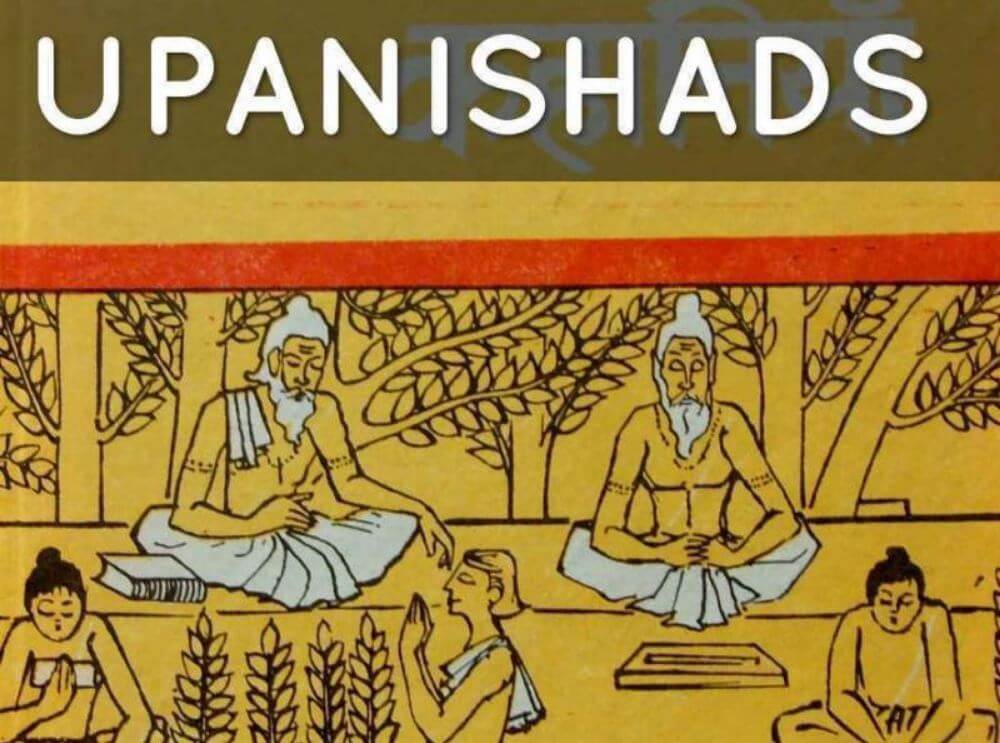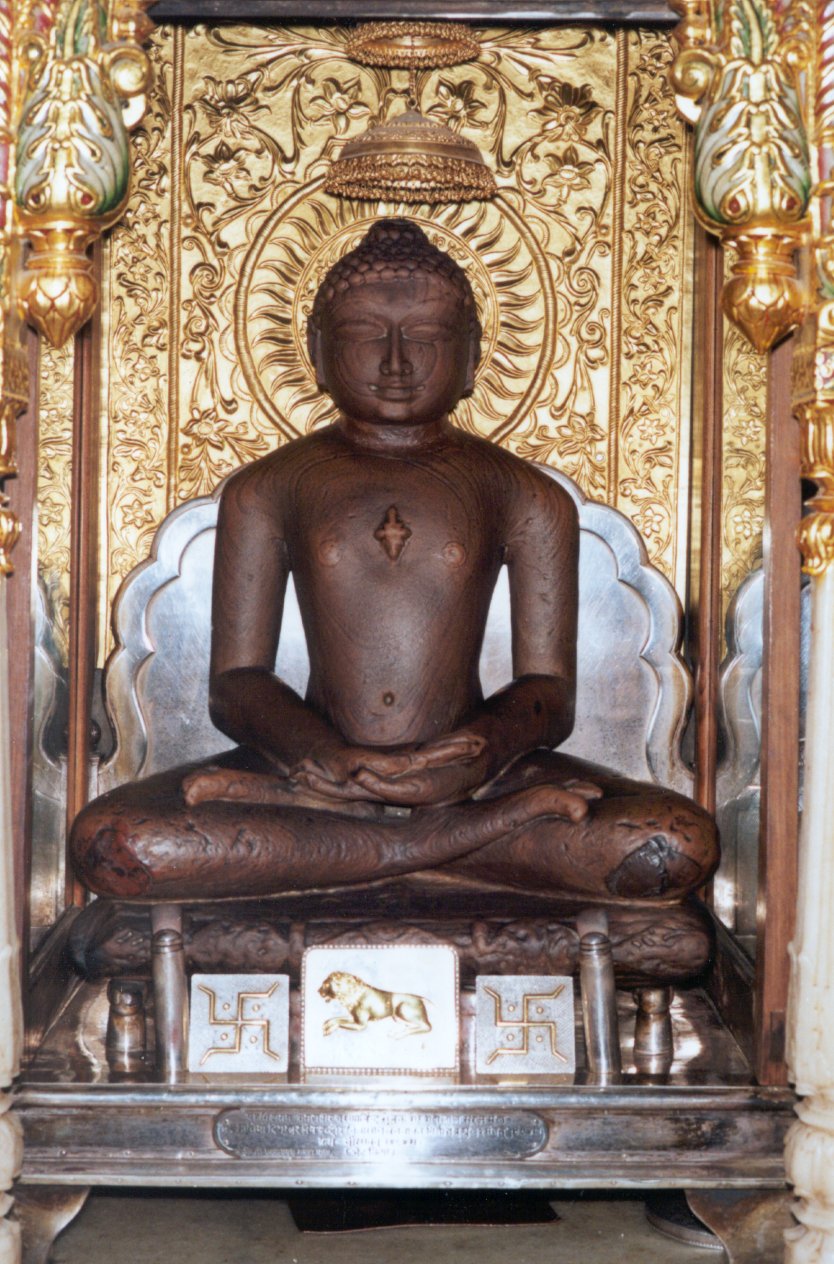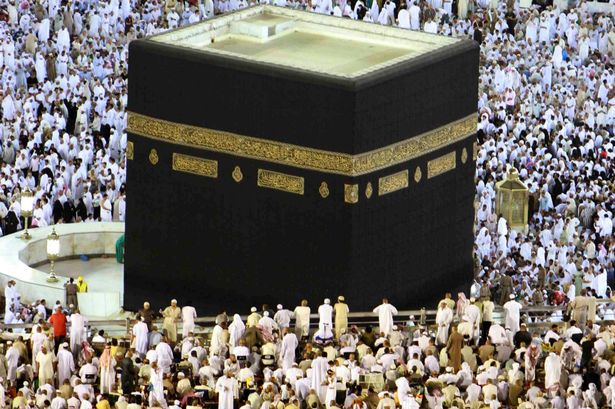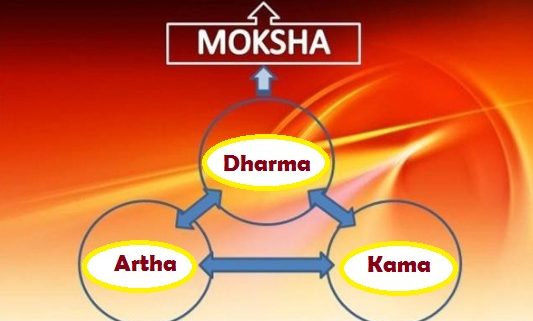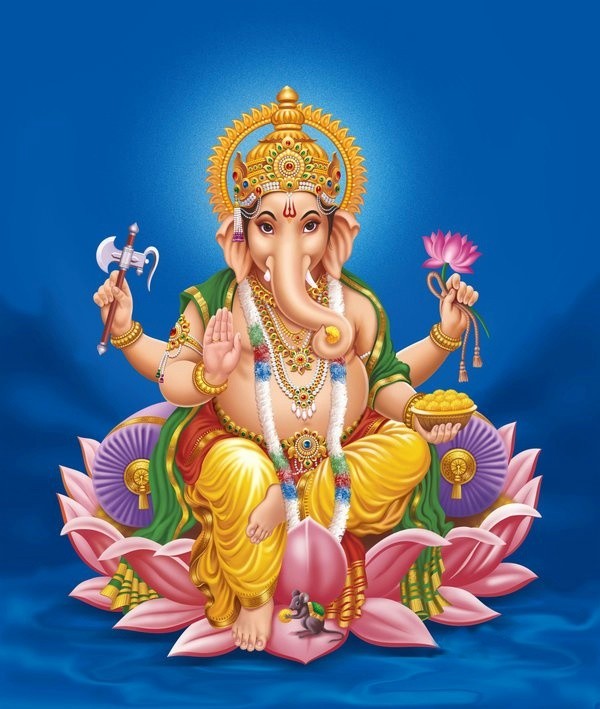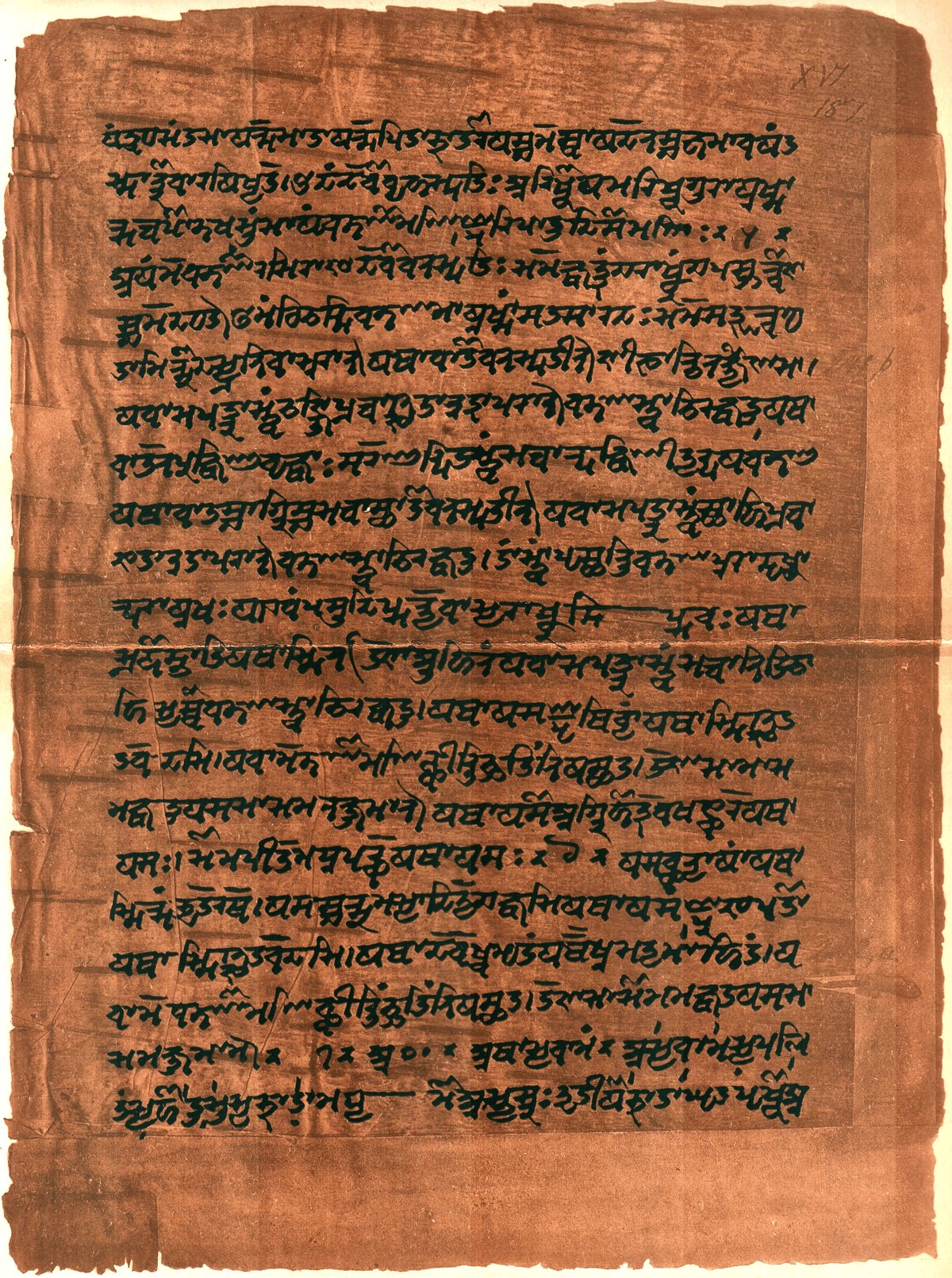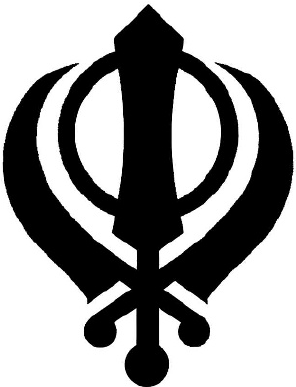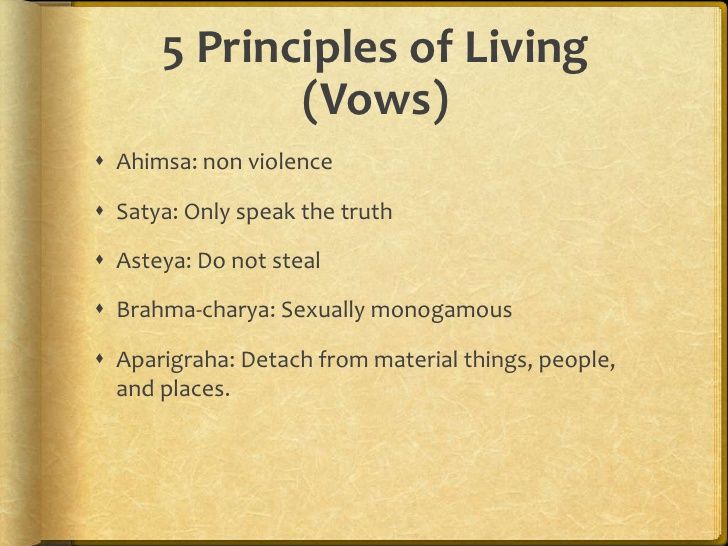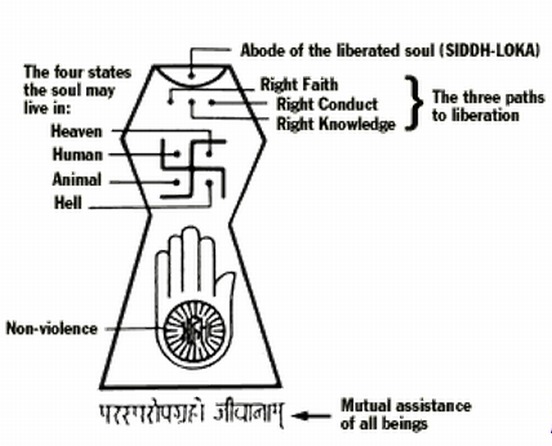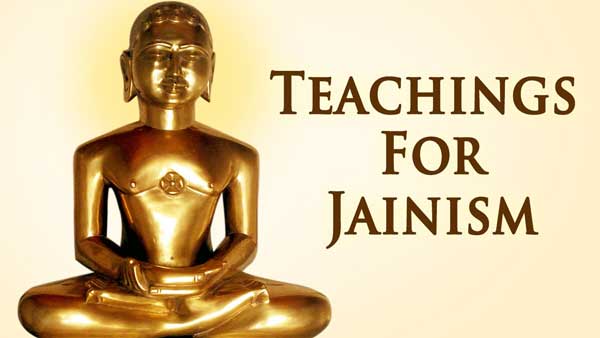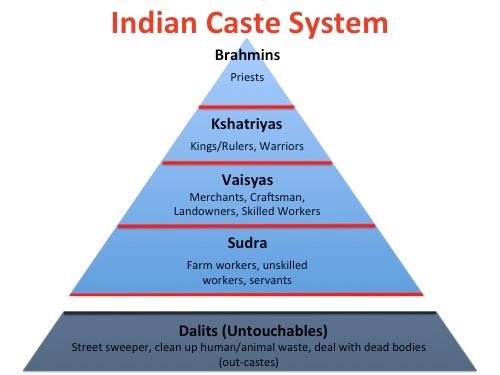- Home
- Religions in India
- Buddhism in India
Buddhism in India
Buddhism in India started around 6th century BC when Hinduism was taking strong root in Indian culture during Vedic period. It was started by Gautama. This is one of the oldest religions which is practised till date.
Buddhism
is a religion and dharma that encompasses a variety of traditions, beliefs and
spiritual practices largely based on teachings of Buddha. The religion originated in
India, from where it spread through much of Asia, and later to different parts
of the world. Other important religions in India are Jainism, Hinduism, Islam.
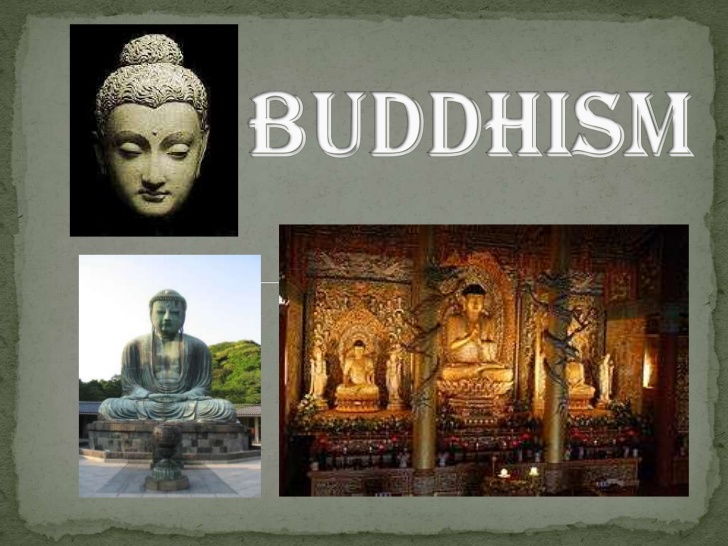
Birth of Siddarth Gautama:
Siddhartha Gautama was born about 563 BC in Kapilavastu in India. His parents were Maya and Suddhodana. His father was a ruler of a poor tribe called Shakya. The Shakya state was located at the foot of the Himalayas. Siddhartha's mother died within 7 days of giving birth to Siddhartha. During his early part of life Siddhartha was bought up with lot of love and care.
His knowledge and acquaintance were limited to the four walls of the royal palace and hence he had no idea about the life outside the four walls of palace - poverty and other real-life problems. When he was 16, he got married to Yosodhara also called as Subhadraka.
At the age of 29, he went out of the palace for the first time and saw the miseries of people like old age man with wrinkles, a man suffering from diseases, poverty, people struggling for two square meals etc.
By seeing these miseries, Siddhartha developed discontentment for worldly pleasures. He felt sorrow for the people who were suffering.
He became grief stricken. With the idea of disenchantment, Siddhartha left the palace leaving behind his wife and children to attain enlightment and help people to come out of the miseries.
Birth of Siddartha Gautama
Siddhartha's Life and Preachings on Buddhism
Siddhartha’s life can be divided into two parts before enlightenment and after enlightment.
After leaving kapilavastu Siddhartha practised yoga but could not attain enlightment. He sat under a Peepal tree at Bodh Gaya in Bihar and practised intense meditation and fought all worldly pleasures till he achieved his goal called Nirvana. After he attained Nirvana Siddhartha came to be known as Buddha or Awakened one. He then travelled all over the world to preach the noble truths of life.
Buddha's preachings
Buddha’s preaching:
After attaining the enlightment, Buddha started to travel worldwide to preach and show the path to enlightment for the people. The main object of Buddha was to preach people and remove grief from the life of people.
Buddhist literature uses the term Bodhisattva which means someone who is on the way to obtaining enlightment. The main preaching of Buddhism is ‘Desire’ is the main cause of suffering.
It says that suffering ends at destruction and desire is destroyed by right living. The basic four noble truths are regarded as central to the teachings of this religion. The four truths are:
- Truth of suffering,
- Truth of cause of suffering,
- Truth of end of suffering,
- Truth of the path leading to the end of suffering
Each of the above truths explains why people are suffering, reasons behind this suffering, path to overcome these sufferings.
The main causes for suffering are selfishness, desire and ignorance. According to Buddhism we can overcome these suffering by following the correct way of living – which means one should overcome the attributes such as attachment/ jealousness/ greed and lead a righteous path to enlightment.
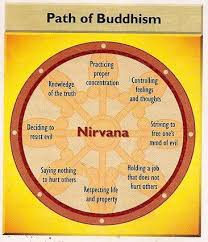
The Eight fold path of Buddhism are:
- Right understanding of the noble truths
- Right resolve means to follow the path of religious life
- Right to concentration means to get inner peace by practising the four paths in life
- Right Speech means not to lie or not to speak harsh with anyone
- Right conduct means not to harm or cheat anyone and follow the path of truth
- Right livelihood means not to beg and be satisfied in what you have
- Right View means understanding the four noble truths and practice it in daily life.
- Right Effort means to Abandon bad qualities and good qualities should be developed.
Disciples of Buddha
Many joined Buddhism and became the disciples of Gautama and formed Sangha. Sariputra and Mahamandgalyana were the two chief disciples of Buddha. For nearly 45 years Buddha travelled all over the world to preach Buddhism. Buddhism preaches that every human being regardless of his caste, creed, social status and past life can obtain control of himself of his ideas and passions and of his destiny. This shows that this religion does not recognise the caste system.
The main preaching is love and not hurting others. A man who cannot do this is not worthy to rule. Many small communities of monks and nuns known as Bhikkus sprung up along the roads that Buddha travelled. Devoted to his teachings they travelled from one place to another to expand the teaching of Buddha.
The two sources of teaching are Hinayana and Mahayana. Mahayana teachings explain how to attain full enlightenment for the sake of others. Hinayana explains how to attain liberation from suffering for oneself alone. Buddhists intention is to lead people from suffering to permanent liberation
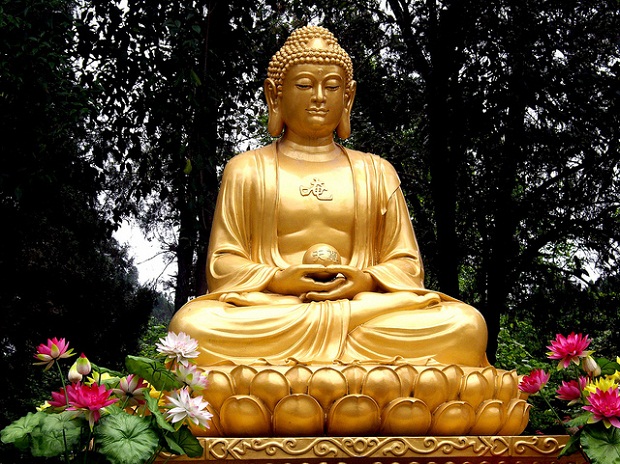
Buddha died, in
483 BC after 45 years of teaching and travelling. After his death Buddha passed in to the state
of nirvana in which self no longer exists and salvation is achieved.
Buddhism is even practised till now. Buddha is considered as God and his preaching so are still very important. Even Hinduism seem to acknowledge Gauthama Buddha as one of the dasavathara’s of Lord Vishnu. Important pilgrimage palaces are Lumbini in Nepal Bodh Gaya in Bihar, Sarnath and Kusinara in Uttar Pradesh.
Also check on Buddhist Architecture
Update on coronavirus in India
Affiliate Disclosure:
If you make any purchase via a link on this site, I may receive a small commission with no added cost to you.
